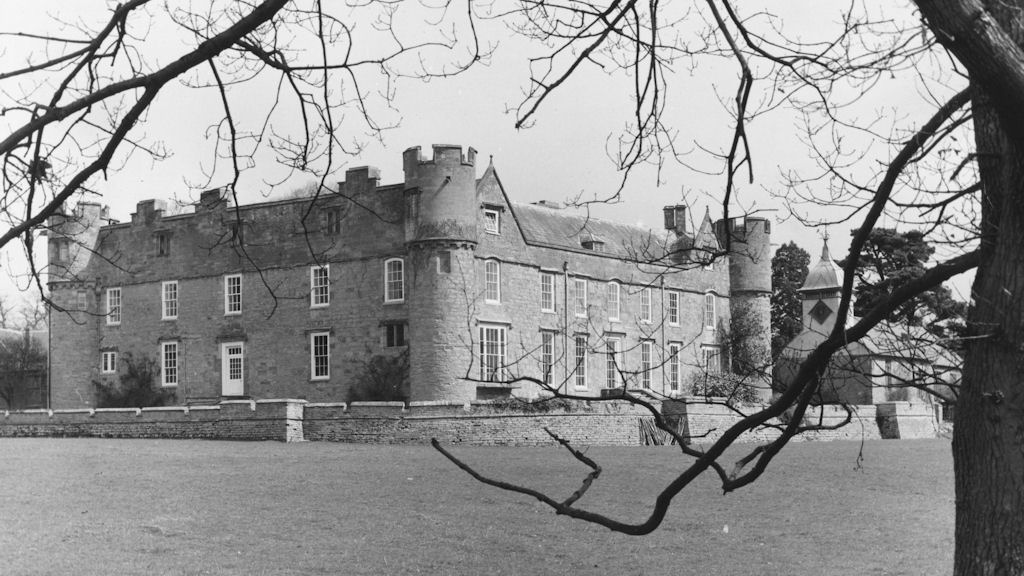Green light for National Trust ‘eco-castles’
Can a castle or a thatched cottage be eco-friendly? The National Trust thinks so, and is investing £3.5m in a bid to spend less on energy bills and more on conservation.

The National Trust plans to install biomass boilers, heat pumps and hydropower technology at five of its properties, including Grade I-listed mansions and castles, over the next year.
If the £3.5m pilot project is a success, the National Trust could then put a further £35m into putting renewable technology in 43 properties in a bid to be more environmentally-friendly and cut costs.
The charity wants to halve its fossil fuel consumption by 2020. It currently spends £6m a year on energy costs and its bills will only rise as fuel prices go up.
Patrick Begg, rural enterprises director at the National Trust, said: “Through our work we show that renewable technologies can be made to work in some of the country’s most sensitive landscapes and historic environments.
“Like householders everywhere, we are facing rising energy bills… By investing in renewable energy production we can reduce our energy bills and invest more in vital conservation work around the country.”
Do you have an old house? Top 10 tips for going green
You don't have to live in a castle to classify as having an "old" property. Any property built before world war I could benefit from these 10 tips, from the Society for the Protection of Ancient Buildings.
1. Repair your old building - a dry house is a warm house! Fix a leaky roof and find the source of any damp. It's a good idea to look first at relatively simple areas like broken gutters and blocked drains as these are often the source of a problem.
2. Maintain your old building – catch potential problems before they catch you out.
3. Understand your old building - allow surfaces to breathe and work with the original construction and plan form.
4. Understand your behaviour in the building - do you have to heat the whole house and for what periods?
5. Understand how much your old building costs to run. Do you know how much gas, electricity and water you use?
6. Control air infiltration - keep on top of internal decoration, carpet suspended timber floors, hang thick curtains, install window draught-proofing, secondary glazing or timber shutters.
7. Install efficient heating system and controls - design your heating system around how you use the building and make the controls as user friendly as possible.
8. Get your insulation right – this means loft insulation and underfloor void insulation. But remember, the more you insulate the more you have to ventilate the unheated voids.
9. Ventilate moisture away at source - remove moisture from bathrooms and kitchens before it circulates and condensates.
10. Never underestimate the energy efficiency value of warm clothing. Pull on a woolly jumper and thick socks!
However, Mr Begg said it was important to get the conservation element right, making sure the renewable schemes were unobtrusive. In the pilot project, Plas Newydd country house and gardens in Anglesey, Wales, will have its oil boilers replaced with a marine source heat pump which uses solar energy retained in sea water.
Croft Castle in Herefordshire and Ickworth in Suffolk will have biomass boilers installed to replace oil boilers, and wood fuel will be sourced from the estates.
Craflywn in Snowdon will gain a hydropower scheme to generate electricity which could be sold back to the grid if there is excess, and Stickle Ghyll in the Lake District will install a hydroelectric scheme.
The National Trust, which is working with Good Energy on the plans, hopes its projects will also inspire visitors to switch to greener energy sources. National Trust members will be able to support the scheme by signing up to renewable power supplies from Good Energy, which will give a donation to the charity when new members sign up.